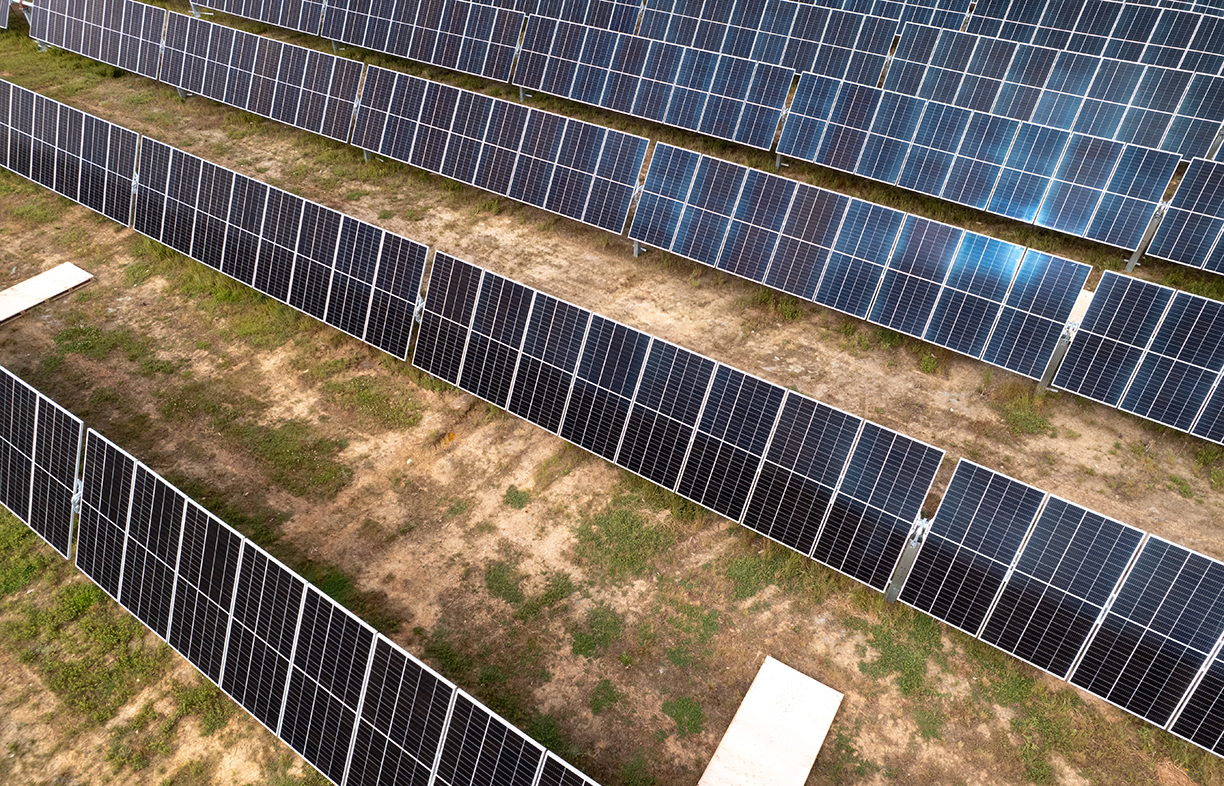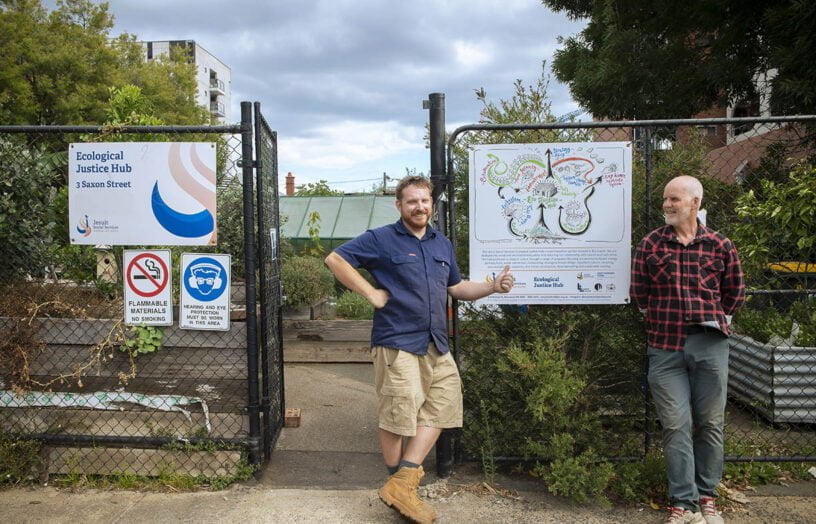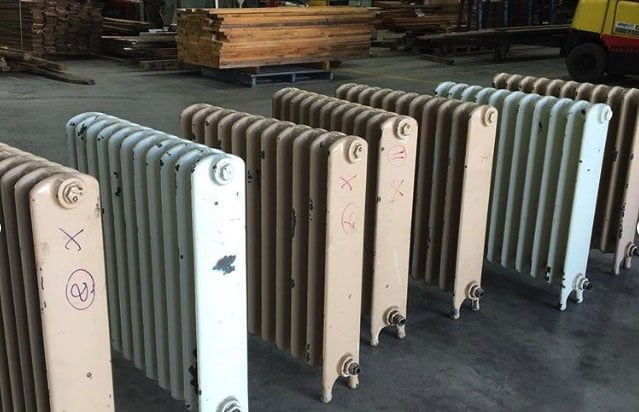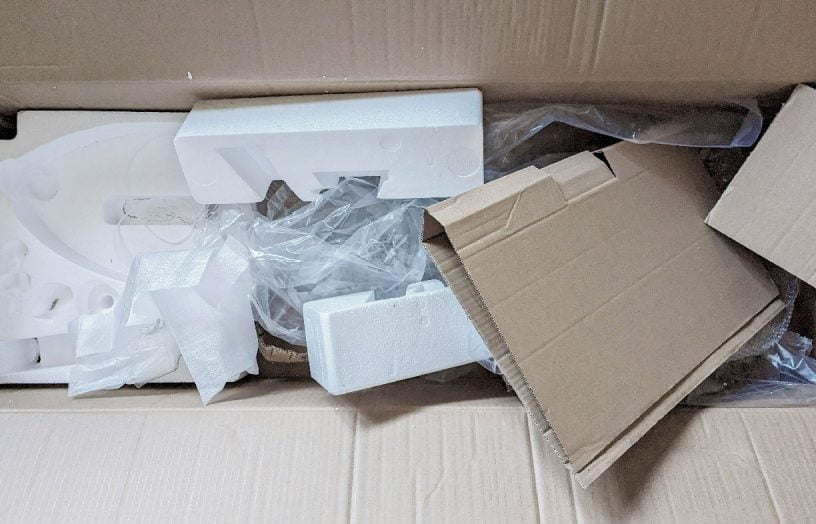Big solar at Melbourne Water

Melbourne Water’s Eastern Treatment Plant in Bangholme was opened in 1975 to serve Melbourne’s growing population. The plant sits on 1100 ha and treats about 330 ML of sewage a day—about 40% of Melbourne’s total sewage output.
In an effort to be more sustainable, Melbourne Water has implemented a number of emission reduction strategies at the site.
The plant includes a biogas facility, powered from methane generated by the sewage—this generates approximately 30% of the electricity required each year to run the plant. (Biogas actually meets 80% of the electrictity needs of Melbourne Water’s other large plant, the Western Treatment Plant!)
To reduce emissions further, Melbourne Water recently installed a huge 19.4 MW solar photovoltaic array, which will produce enough electricity to provide another 22% of the plant’s electricity needs, increasing on-site generation to more than 50%.
Along with hydro power (which generates 69,500 MWh of electricity each year), bio generation and solar are part of Melbourne’s Water’s strategy to halve its greenhouse gas emissions by 2025, and to reduce them to net zero by 2030, as part of the UN-led Race To Zero campaign.
The solar farm is, at time of writing, under construction and approaching completion, with expected commissioning late in 2022.
bit.ly/MWETPPV

Further reading
 Reuse & recycling
Reuse & recycling
Community eco hub
Nathan Scolaro spends 15 minutes with Stuart Wilson and Michael McGarvie from the Ecological Justice Hub in Brunswick, Melbourne.
Read more Reuse & recycling
Reuse & recycling
Recycled hydronic heat
Renew’s sustainability researcher Rachel Goldlust gives us a view of and from the Salvage Yard.
Read more Reuse & recycling
Reuse & recycling
The future of packaging
Packaging comes with just about everything we consume, with far-reaching implications for us and the planet. Jane Hone asks how we can get a handle on it.
Read more
